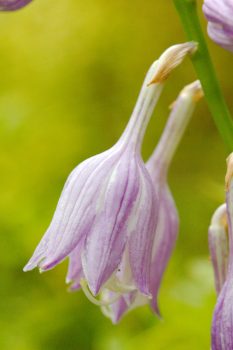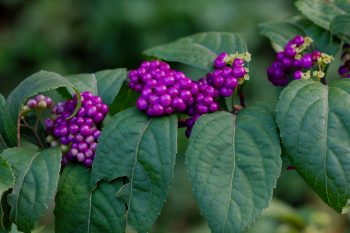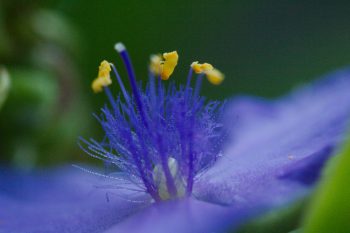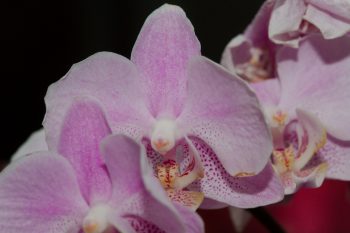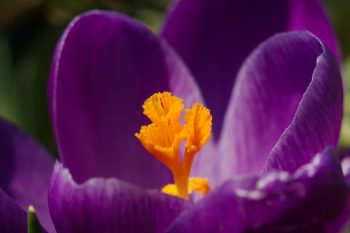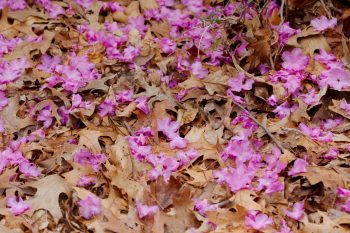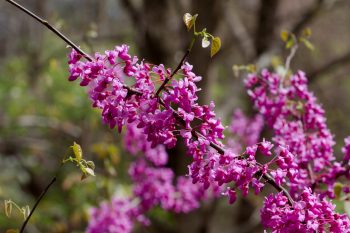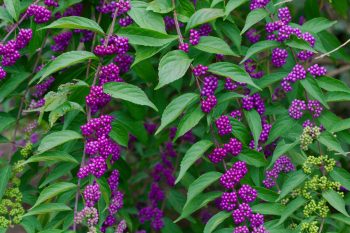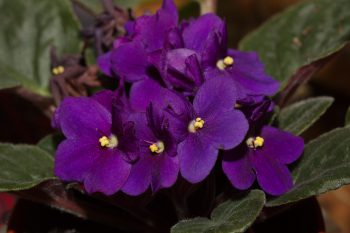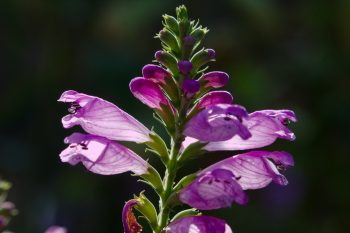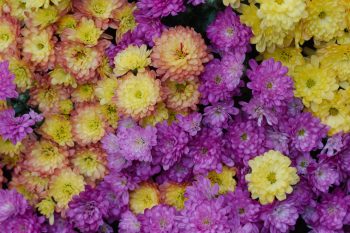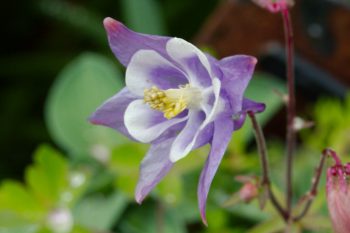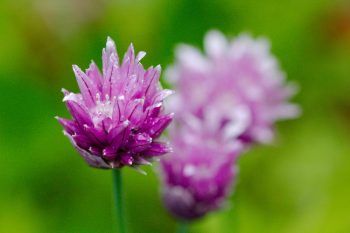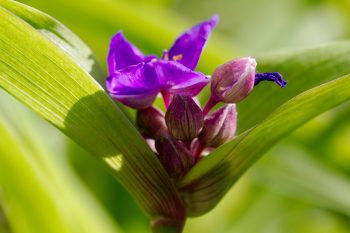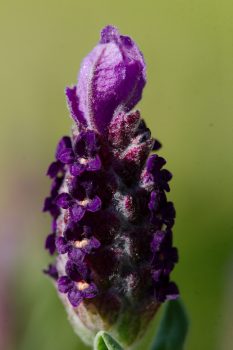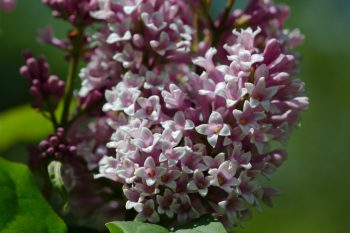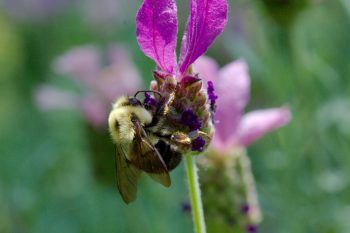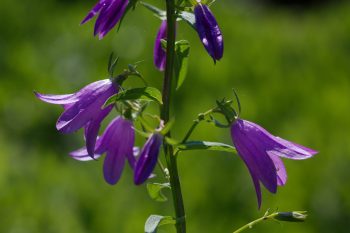The genus Hosta has about 70 species native to Japan, Korea, China and eastern Russia. They are shade loving perennials grown mostly for their foliage but they have nice, if somewhat understated flowers, as well. The name Hosta is in honor of of Austrian botanist Nicholas Thomas Host (1761-1834). My parents had these in their garden and growing up I knew it as Funkia. That’s because the genus was renamed to that in 1817 “in honor of botanist Heinrich Christian Funk under the belief at that time that Hosta was an invalid name.” Early in the 20th century the name was switched back but the plants are still referred to as Funkia by some (including my parents, evidently).
This one is growing in a container just outside our front door. There are generally two pests that eat Hosta plants. Slugs can do significant damage to them, eating holes in the leaves. In our garden, that’s generally not so destructive that we worry about it, although it can make the leaves a little less attractive. The other culprit is deer, who really seem to love Hosta leaves. Although we see deer in our yard and often see signs of their presence, they don’t seem to come too close to the house. So, we keep the Hostas close and that seems to be enough. We also put up deer repellent although I don’t actually know how much help that is. It certainly doesn’t do any harm.

